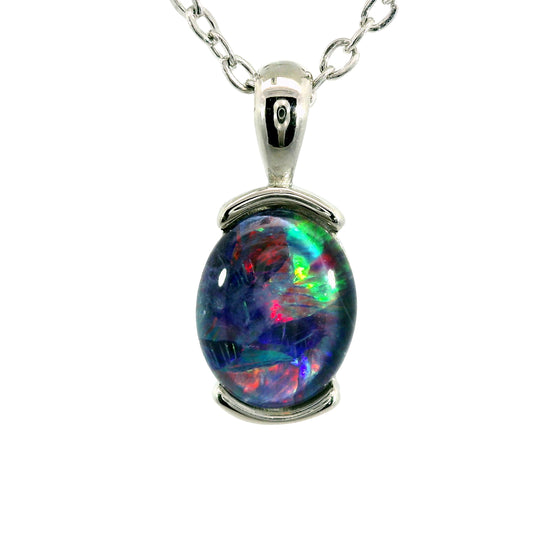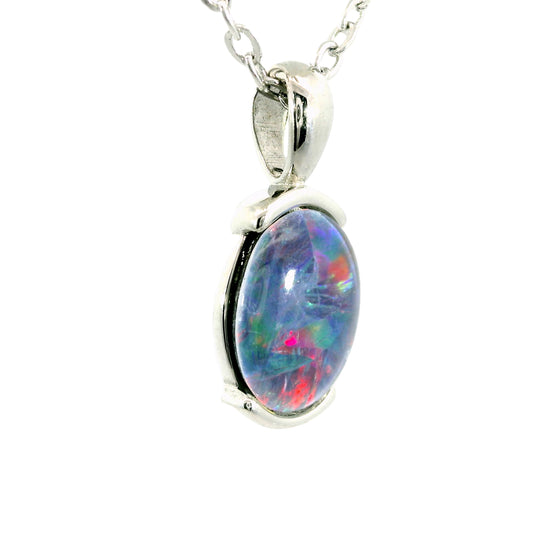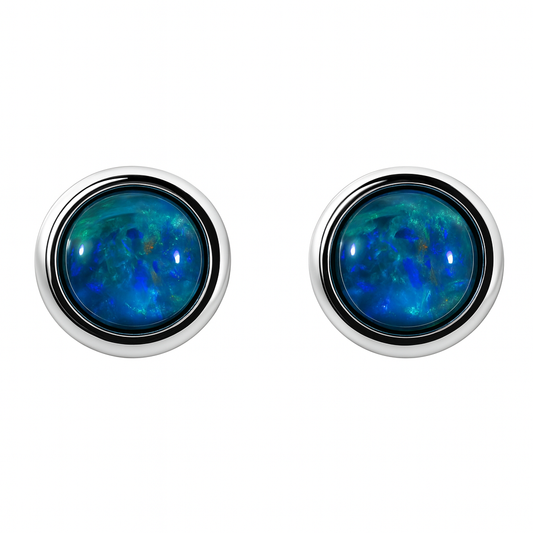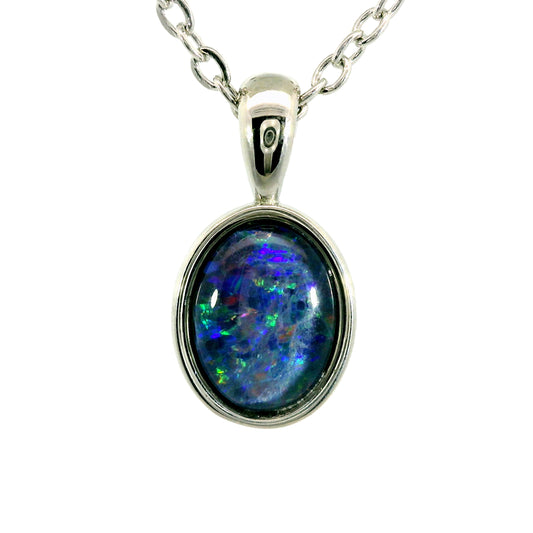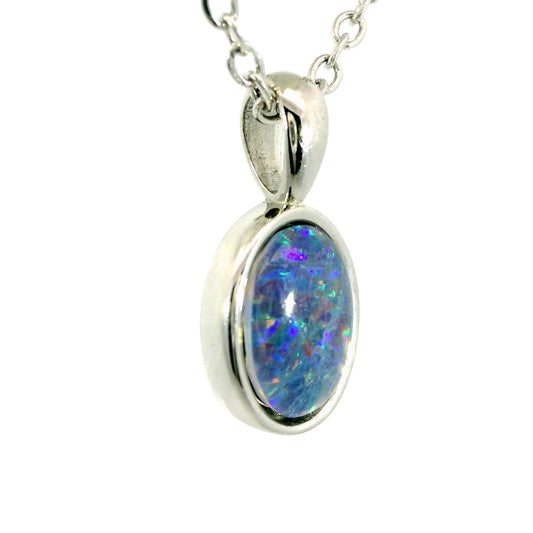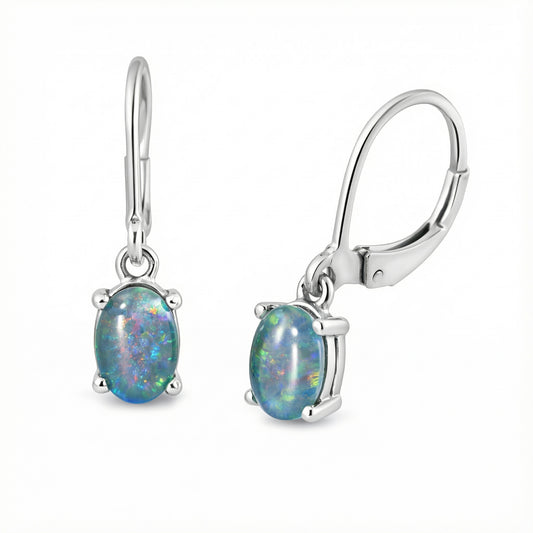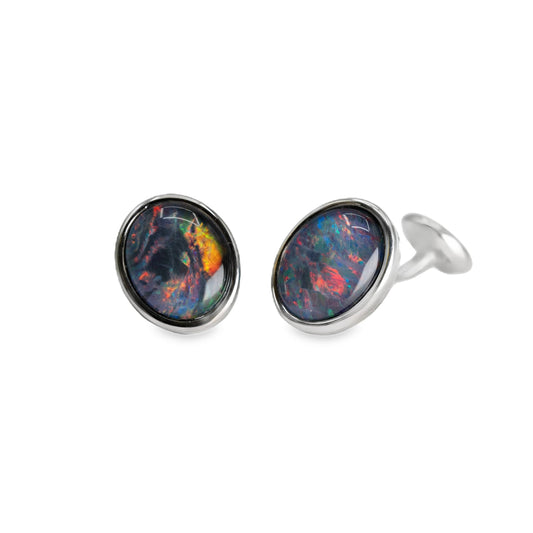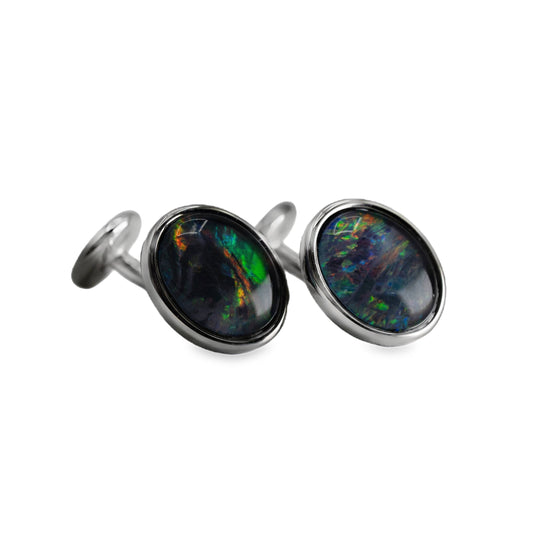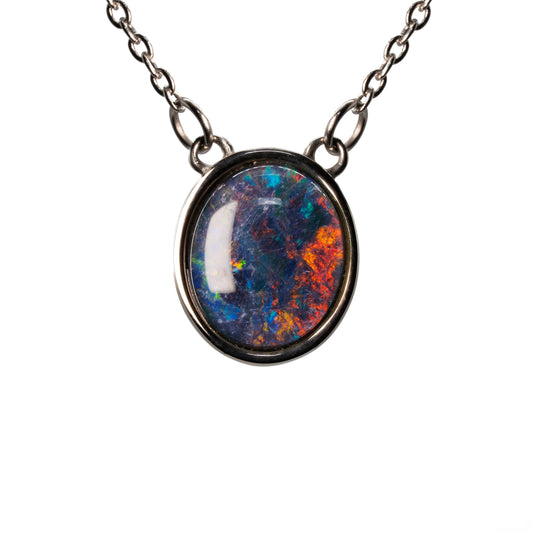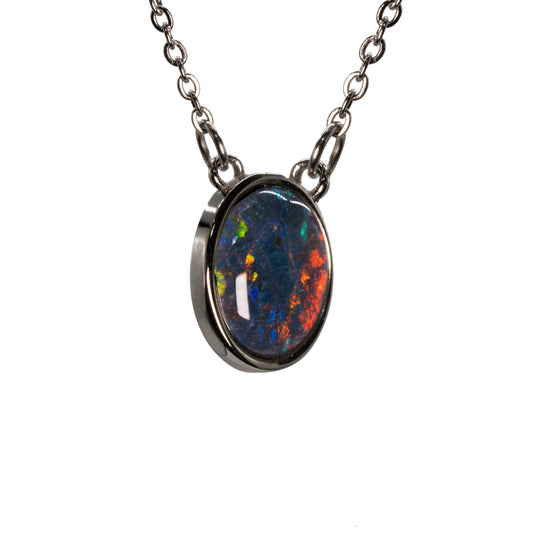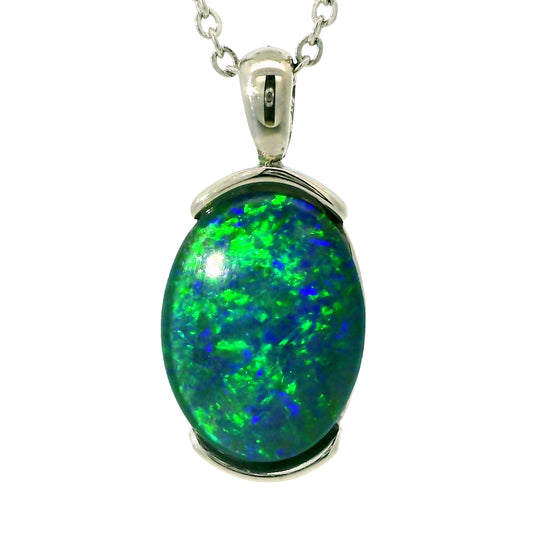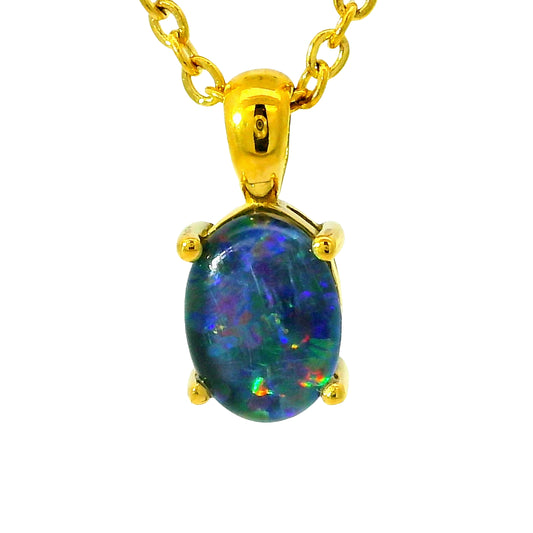A Guide to Your Birthstone and its History
Do you know what 'your stone' is?
Birthstones are those cool gems that represent the month you were born. So, for instance, if you were born in October, your birthstone is the opal. Birthstone jewelry makes a perfect birthday gift because it’s personal and shows you really care!
The practice of associating specific gemstones with each month of the year dates back at least 2,000 years. In the late 1880s, George Frederick Kunz, a mineralogist and gemologist, discussed this tradition in his book, The Curious Lore of Precious Stones.
 "The origin of the belief that to each month of the year, a special stone was dedicated and that the stone of the month was endowed with a peculiar virtue for those born in that month and was their natal stone, may be traced back to the writings of Josephus, in the first century of our era, and to those of St. Jerome, in the early part of the fifth century. Both these authors distinctly proclaim the connection between the twelve stones of the high priest’s breastplate and the twelve months of the year, as well as the twelve zodiacal signs."
"The origin of the belief that to each month of the year, a special stone was dedicated and that the stone of the month was endowed with a peculiar virtue for those born in that month and was their natal stone, may be traced back to the writings of Josephus, in the first century of our era, and to those of St. Jerome, in the early part of the fifth century. Both these authors distinctly proclaim the connection between the twelve stones of the high priest’s breastplate and the twelve months of the year, as well as the twelve zodiacal signs."
George noted that while there is early evidence of birthstones, the practice of wearing stones as natal stones didn't begin until a relatively late date. This custom originated in eighteenth-century Europe and quickly spread to the United States and other countries.
Types of Birthstone
The list of birthstones has undergone several changes since it was first standardized in 1912. Currently, various "birthstone lists" are utilized globally. Below is the birthstone list that the Gemological Institute of America recently released.
January: Garnet
 When people hear the word garnet, they often envision a red stone, but it actually comes in nearly every colour. The garnet has enjoyed popularity as a gemstone throughout history and is one of the oldest known gemstones, originating around 3000 B.C. Many people believe that garnet is beneficial not just for physical well-being but also for mental health. Currently, the Mozambique variety of garnet is particularly sought after.
When people hear the word garnet, they often envision a red stone, but it actually comes in nearly every colour. The garnet has enjoyed popularity as a gemstone throughout history and is one of the oldest known gemstones, originating around 3000 B.C. Many people believe that garnet is beneficial not just for physical well-being but also for mental health. Currently, the Mozambique variety of garnet is particularly sought after.
February: Amethyst
Amethyst is also the gemstone associated with the 6th wedding anniversary. Historically, it held great importance in the Christian church, often worn on the rings of Bishops. Amethyst was considered as valuable as diamonds. The significant discoveries in South America and other regions led to an increase in its availability. As it became less rare, its price also dropped.
March: Aquamarine
The gemstone aquamarine gets its name from the colour of seawater, as the term "aquamarine" comes from the Latin word for seawater. In 1910, the largest aquamarine ever discovered was found in Brazil, which was then cut into smaller pieces, resulting in over 200,000 carats. It is thought that individuals who wear aquamarine can think more clearly and make swift decisions.
April: Diamond
Diamonds are the most sought-after gemstones worldwide. Numerous individuals appreciate diamonds due to their shine and light dispersion. Additionally, diamonds represent the 60th wedding anniversary. It is thought that diamonds were first found in India around 3000 years ago. Nowadays, the diamond engagement ring almost universally signifies love and marriage.
May: Emerald
The earliest recorded source of emeralds dates back to Egypt around 3500 BC. No other green gemstone can match the rich green colour of emeralds. It is so treasured that a superior emerald can be worth two to three times more than a diamond when comparing carat for carat. In China, Thursday is designated as the day to wear green and emeralds for fortune.
June: Alexandrite, Cultured Pearl and Moonstone
 If you were born in June, you’re fortunate to have three birthstones to claim as your own.
If you were born in June, you’re fortunate to have three birthstones to claim as your own.
Pearl is a gem that doesn’t originate from the earth. It develops within mollusks (such as clams, oysters, and mussels) and can be found in both freshwater and saltwater.
Moonstone is one of the most abundant gems globally, yet high-quality moonstone is rare. Though it’s a relatively soft stone, with proper care, it can endure for many years.
Alexandrite is an exceptionally rare gemstone and is quite modern as well. Significant deposits of alexandrite were first uncovered in 1830 in the Ural Mountains of Russia.
July: Ruby
Ruby exhibits a vibrant scarlet hue and unmatched intensity among red gemstones. The finest quality rubies, often referred to as “Burmese rubies,” are sourced from Myanmar (previously known as Burma). This highly sought-after ruby is also commonly known as “pigeon’s blood.”
August: Peridot
 Peridot is the yellow-green to greenish-yellow variant of the mineral olivine. It was used in priests' jewelry as early as the second century BCE and has served for centuries as a protective amulet. For those who appreciate light green, peridot is an excellent option.
Peridot is the yellow-green to greenish-yellow variant of the mineral olivine. It was used in priests' jewelry as early as the second century BCE and has served for centuries as a protective amulet. For those who appreciate light green, peridot is an excellent option.
September: Sapphire
Sapphires have historically been linked to nobility and love, and they are also believed to represent loyalty and the spirit. The sapphire is a type of corundum, belonging to the same family as rubies. The only distinction between the two is their colour. The sapphire's hardness makes it an excellent option for jewellery that can endure daily use, like rings or bracelets.
October: Opal and Tourmaline
 Opals are prized for their changing colour in a spectrum of rainbow shades, a phenomenon referred to as "play-of-colour." Australia has the most prolific opal fields in the world.
Opals are prized for their changing colour in a spectrum of rainbow shades, a phenomenon referred to as "play-of-colour." Australia has the most prolific opal fields in the world.
Tourmaline is among the most vibrant gemstones and comes in a variety of shades, including deep reds, peaches, greens, blues, and purples. For centuries, the Chinese have created intricate engravings and carvings using tourmaline.
November: Citrine and Topaz
 Citrine and topaz embody the rich hues of autumn. The majority of citrine and topaz birthstones are reasonably priced since high-quality stones are not as scarce as several other gems. While topaz was once considered a valuable gemstone, the finding of significant deposits in Brazil has significantly lowered its cost.
Citrine and topaz embody the rich hues of autumn. The majority of citrine and topaz birthstones are reasonably priced since high-quality stones are not as scarce as several other gems. While topaz was once considered a valuable gemstone, the finding of significant deposits in Brazil has significantly lowered its cost.
December: Turquoise, Blue Zircon, Tanzanite
Similar to June's birthstone, December features three types of birthstones for those born in this month. All of these gemstones showcase a cool blue hue. Turquoise is one of the oldest gems ever found, while tanzanite is among the newest discoveries. Zircon is also an ancient gem. The Victorians had a particular affection for blue zircon, and exquisite examples can be discovered in English estate jewelry dating back to the 1880s.











































































































